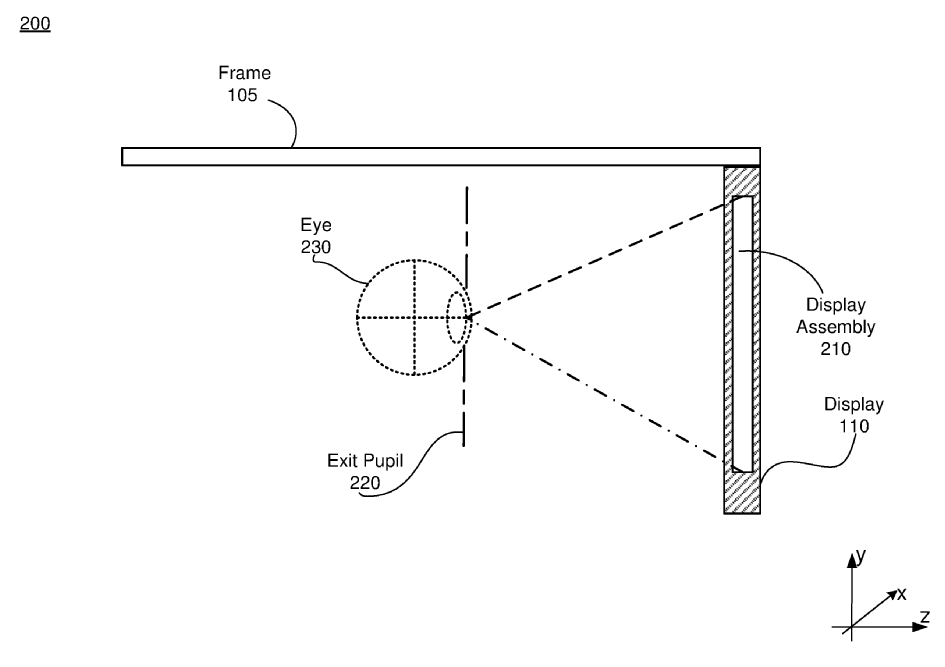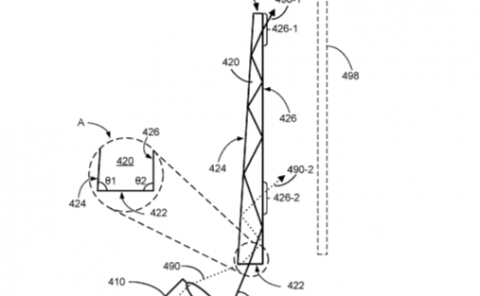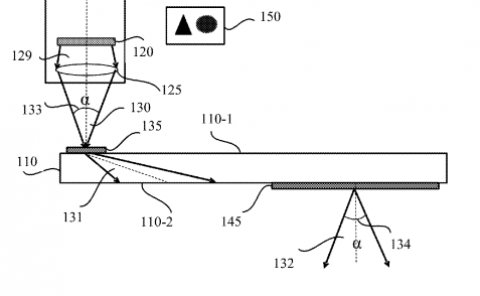Oculus | Liquid Crystal Cells For Polarization Rotation
Patent: Liquid Crystal Cells For Polarization Rotation
Publication Number: 20180335630
Publication Date: 2018-11-22
Applicants: Oculus VR, LLC

Abstract
An optical element comprising a stacked liquid crystal (LC) structure for rotating polarization (e.g., handedness) of an incident circularly polarized light over a broad wavelength and incident angle for head-mounted displays (HMD)s display application is proposed. The stacked LC structure has a dual cell structures, which includes at least a first LC cell and a second LC cell, and the stacked LC structure rotates the polarized light for a broad band of light (e.g., visible spectrum) over a given field a view. The performance of designed dual LC cells structures may be optimized for narrow band wavelength and a narrow incident angle for different application cases.
BACKGROUND
The present disclosure generally relates to adaptive visual images from electronic displays, and specifically to minimizing the birefringent dispersion of birefringent optical components.
A near-eye display (NED), augmented reality (AR) headsets, and virtual reality (VR) headsets can be used to simulate virtual, augmented, and mixed reality environments. For example, stereoscopic images can be displayed on an electronic display inside the headset to simulate the illusion of depth. Head tracking sensors can be used to estimate what portion of the virtual environment is being viewed by the user. Such a simulation, however, can cause visual fatigue and nausea resulting from an inability of existing headsets to correctly render or otherwise compensate for vergence and accommodation conflicts.
To create a comfortable viewing experience, the virtual image generated by the headset needs to be generated at the right distance from the eye. One or more optical components such as liquid crystal cells may be used to achieve this. However, conventional liquid crystal displays are birefringent.
SUMMARY
A stacked liquid crystal (LC) integrated into a display of a near-eye display (NED) is presented herein. The NED may be part of an artificial reality system. The stacked LC structure may be used as a polarization rotator. Here the stacked LC structure includes one or more transparent substrates and two LC cells (e.g., film type). Broadband light incident on a stacked LC structure exits the stacked LC structure as broadband light after propagating through the one or more substrates and the two LC cells. The stacked LC structure is configured to rotate a polarization of the incident broadband light. That is, the incident broadband light exits the stacked LC structure as a broadband light whose polarization has been rotated relative to a polarization of the incident broadband light. For example, the incident broadband light is right hand circularly polarized (RCP) while the broadband light exiting the stacked LC structure is left hand circularly polarized (LCP). In an embodiment, one of the two LC cells comprising the stacked LC structure is driven with an external power supply to change the total phase retardation of the stacked LC structure while the other LC cell is used as a compensator. In some embodiments, the other LC cell may also act as a backup LC cell for driving the system. In some embodiments, both LC cells are driven with an external power supply to change the total phase retardation.



